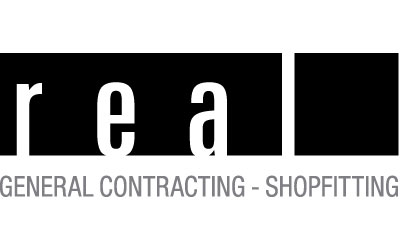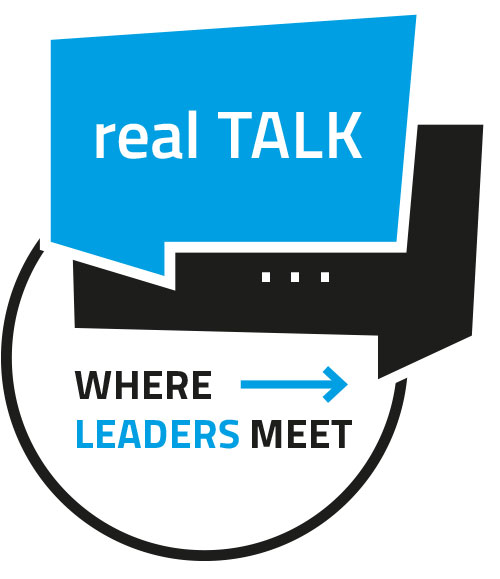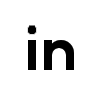The world of work is undergoing change. Or does it even make sense to speak of radical upheaval? The major drivers of this change are to be found in the global and digital influences of our time, whose trend and innovative power could replace firmly implemented working models. New approaches such as hot desking can be subsumed under the term “new work”. But what does this mean?
More than just work
New Work is an umbrella term based on the work of the recently deceased social philosopher Frithjof Bergmann. It addresses and deals with alternative forms of work and constructs that can be applied primarily in academic professional fields. The boundary between work and private life is increasingly dissolving these days, as the prime example of a global pandemic shows. Work and home office have become common associations. Especially that work which takes place primarily in the office is becoming the target of the new implementation and thus increasingly important for today’s working world 4.0. The hot desking model is a promising approach.
Hotdesking: A model with a future?
From an entrepreneurial point of view, there is often a desire to make one’s own working environment as pleasant and attractive as possible for everyone involved. Both sides benefit from this. If employees feel comfortable in their environment, they usually work more efficiently and are more motivated. This in turn benefits the company. The concept of hot desking does not use office space in the traditional sense. The workplaces at which tasks and activities are performed are freely selectable and offer employees increased flexibility. The decision when and how to organize their working time is made completely independently of third parties. This promotes a sense of responsibility and the individual employee’s own decision-making authority. This is a welcome change from the home office model, which could well end in an unproductive disaster, as no boundary between work and private life is made clear.
From a business perspective, the modern-thinking office space distribution of hot desking means job sharing, which favors cost savings. Smaller office spaces are needed. The bills for rent, heating costs and electricity are reduced as a result. An intrinsic effect that results in an increase in employee efficiency can be achieved through attractive room design.
In addition to hot desking, another variation of the method has developed. The Hotel Desking. This is not a synonym, but a distinction in fine nuances. Because with hotel desking, you check in at your workplace as if you were in a hotel room, so that you can use the premises with equipped equipment. The primary purpose of checking in is to record capacity.
Hot desking as a model for the future?
The actual success of the two concepts depends on several factors. A decisive factor for successful implementation is the response of employees or individuals. Reactions to change are not always characterized by goodwill and consensus. Time and adaptability often play a not insignificant role. Another prerequisite is the arrangement of working hours. Alternative models such as teleworking, home office or hot desking should be able to cover the workload regardless of location, while the necessary infrastructure is guaranteed at all times. It remains to be seen whether modern forms of work such as hot desking will be adopted on a large scale in everyday working life. However, a trend is emerging that puts people and their needs in the foreground. Work-life balance is just one of several topics that finds a possible solution through flexible work designs.
Image copyright: stockbroker / 123RF Standard Image




